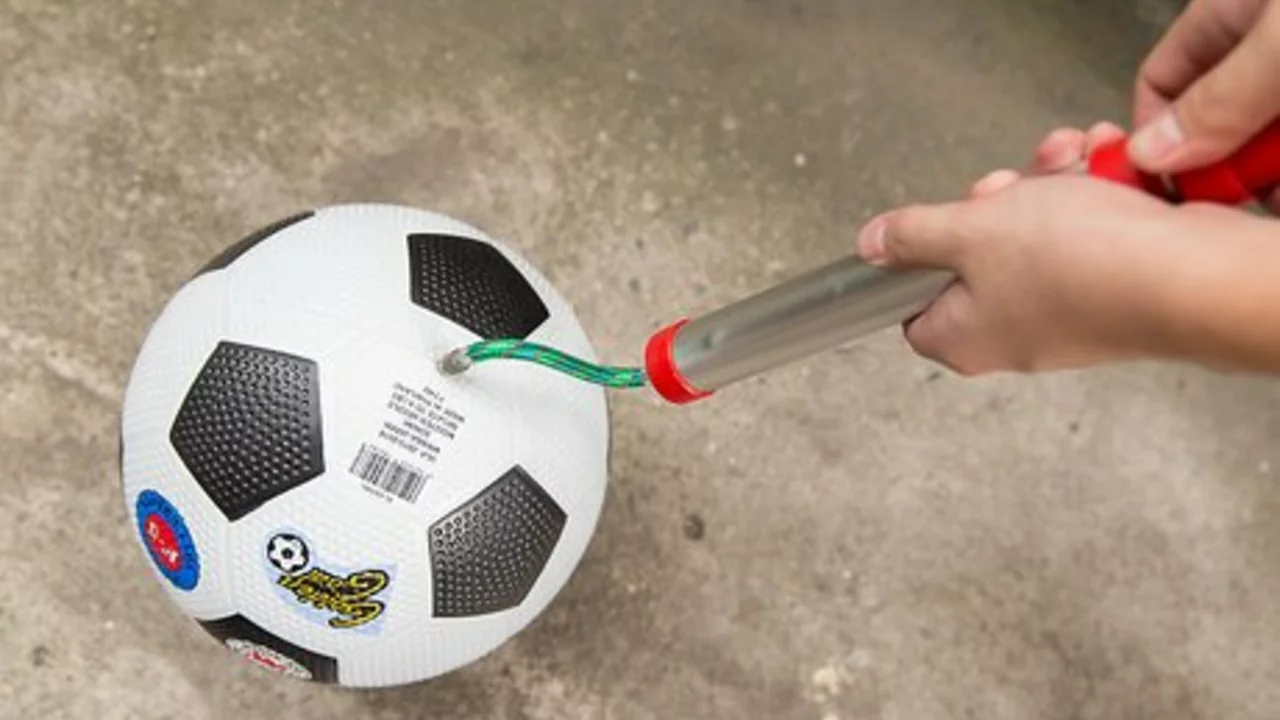Air Pressure: Why It Matters for Your Soccer Ball
If you've ever felt a ball bounce too hard or sink flat, the culprit is usually the air pressure inside. The right pressure helps the ball travel straight, stay controllable, and feel comfortable on your foot. Too much or too little can change how you pass, shoot, or even dribble. In this guide we’ll show you how to get the perfect pressure and keep it that way, so you can play your best every match.
How to Check Ball Pressure
The easiest way to know if your ball is ready is to use a pressure gauge. You can find a cheap gauge at most sports stores or online. First, locate the valve – it’s a tiny rubber plug on the ball’s surface. Press the gauge onto the valve and read the number. Most professional soccer balls recommend 0.6 to 1.1 bar (about 8.7 to 16 PSI). If you’re playing on a hard pitch, aim for the higher end; on a softer surface, drop a little.
Don’t guess. A quick squeeze with your thumb can feel vague, but a gauge gives you exact numbers. Check the pressure before every training session and at least once a week if you play often. Temperature changes also affect pressure – a ball left in a cold locker will lose a few PSI, while a hot car can raise it.
Tips for Keeping the Right Pressure
Once you know the right range, keep the ball sealed. After inflating, press the valve plug firmly back in. A loose plug will let air escape slowly. Store the ball in a cool, dry place – a bag in your garage works fine. Avoid leaving it in direct sunlight or a hot car; heat expands the air and can over‑inflate the ball.
If you notice the ball feels softer after a few games, add a little air, but do it gradually. Adding too much at once can burst the ball or make it too hard to control. Many players keep a small hand‑pump with a built‑in gauge in their kit bag. That way you can top up on the bench if needed.
Lastly, treat the ball gently when you’re not playing. Rolling it over rough surfaces or stepping on it while it’s deflated can damage the bladder inside. A well‑maintained ball not only feels better but lasts longer, saving you money in the long run.
So, next time you grab your ball, give the valve a quick check, adjust the PSI if needed, and store it right. A few simple steps keep the ball performing like a pro and help you focus on the game, not on weird bounces. Happy playing!
What is the proper air pressure for a soccer ball?
In my recent exploration, I found out that the proper air pressure for a soccer ball is quite important. According to official soccer rules, the ball should be inflated to a pressure between 8.5 to 15.6 psi (pounds per square inch). The variation in pressure can change the ball's performance, making it either too bouncy or too sluggish. Therefore, maintaining the right pressure is crucial for a fair and enjoyable game. It's always best to have a pressure gauge handy to ensure the ball is properly inflated for the game ahead.
Kieran Donovan | Jul, 12 2023 Read More
